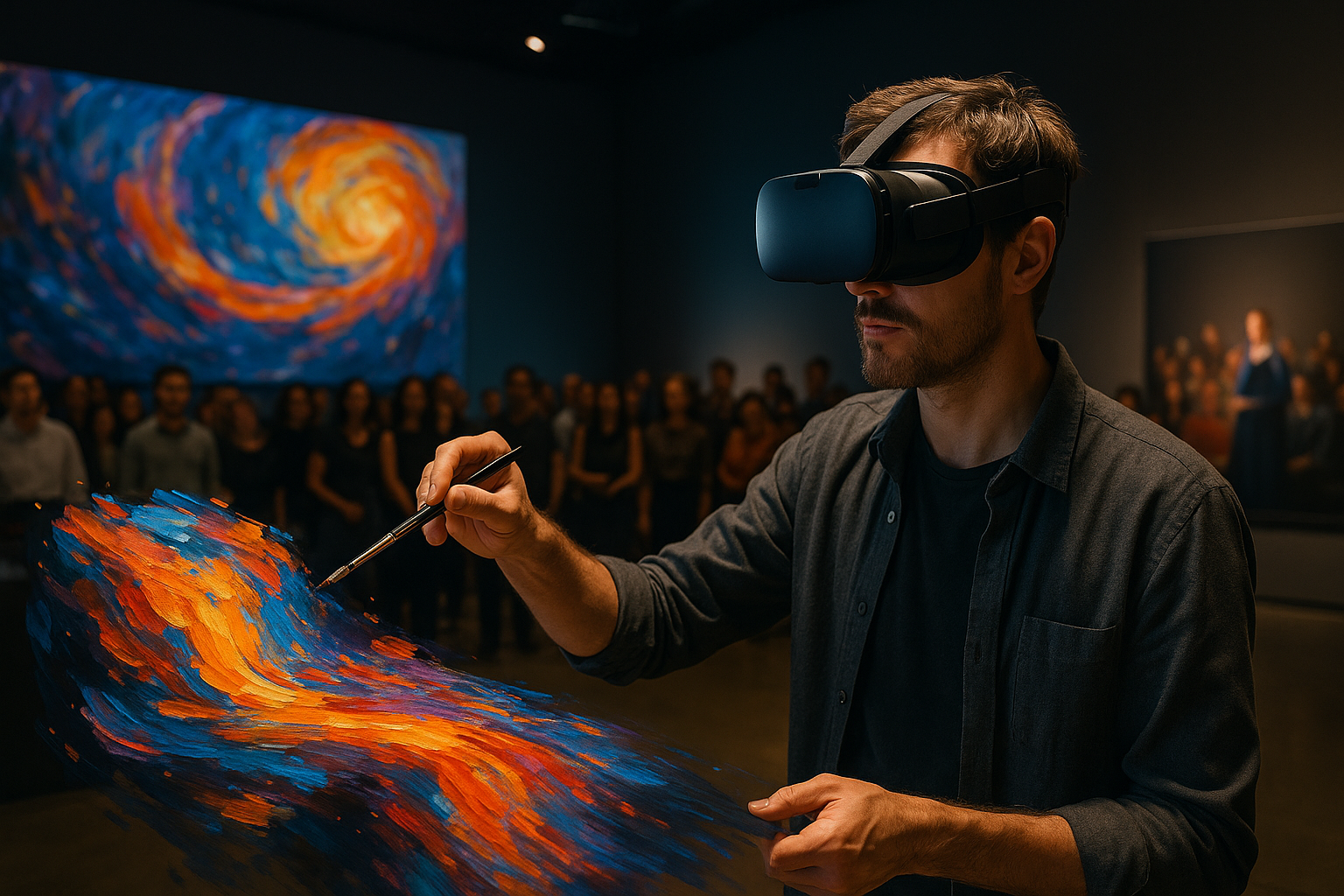Community-Led Programming for Cultural Impact
Community-led programming centers local voices, practices, and needs to create cultural projects that resonate beyond single events. By foregrounding creativity, storytelling, and equitable participation, community initiatives can deepen audience engagement, broaden accessibility, and generate sustainable workflows that combine exhibitions, performances, digital moments, and long-term archiving.

How does creativity shape community programming?
Creativity is the backbone of community programming: it reframes familiar stories, surfaces hidden knowledge, and invites new storytellers into public space. When programming prioritizes creative experimentation, it gives artists and participants room to prototype formats—workshops, pop-up exhibitions, site-specific performances—that reflect local contexts. This approach encourages storytelling that is layered and emergent rather than top-down; it also allows programming teams to adapt content for different audiences and to use creativity as a tool for addressing structural challenges like limited budgets or venue constraints.
How can collaboration and participation expand reach?
Collaboration with local organizations, community leaders, and peer artists multiplies capacity and builds trust. Participation-focused models invite residents to co-design curation and performance elements, which strengthens relevance and ownership. Cross-sector collaboration—between schools, health providers, and cultural groups—can create pathways to sustained engagement, while artist-led participation can integrate oral histories, local languages, and lived experience into public programs. Regular feedback loops and transparent decision-making make collaborative work resilient and meaningful.
What role does curation and archiving play?
Curation in community contexts is both selective and custodial: it decides what stories are highlighted and ensures materials are preserved for future use. Thoughtful curation balances immediate exhibition needs with archiving strategies that respect contributors’ rights and contexts. Archiving can be low-tech—audio recordings, community photo collections, labeled materials—or digital repositories that ensure wider access. Developing clear consent protocols and metadata practices helps communities retain control over how their cultural records are used and shared.
How to improve accessibility for diverse audiences?
Accessibility expands who can participate by addressing physical, sensory, linguistic, and economic barriers. Programming that prioritizes accessibility provides multiple entry points: relaxed performances, captioned digital content, multilingual materials, and pay-what-you-can ticketing or free events. Consider practical access needs—transportation, childcare, and scheduling—and engage accessibility consultants from the community. Accessibility is not an add-on, but a design principle that should be integrated across curatorial decisions, venue choice, and digital delivery to ensure durable audience development.
What does hybrid and digital programming look like?
Hybrid programming blends in-person and digital experiences to broaden participation and extend impact. Digital tools enable livestreamed performances, virtual exhibitions, and asynchronous participation through social platforms or dedicated portals. Effective hybrid approaches consider the affordances and limits of each medium: interactive digital elements can complement tactile, site-specific exhibitions, while recorded content supports archiving and wider distribution. Ensure digital access by optimizing for low-bandwidth, offering multiple formats, and creating clear navigation to reduce technological exclusion.
How to support funding, residency, and touring pathways?
Sustainable community programming often combines diverse funding streams—public grants, private sponsorships, crowdfunding, and earned income—from ticketing or merchandise. Residencies that embed artists in communities for extended periods foster deeper relationships, generate locally rooted work, and create pathways for touring or collaboration. Touring can amplify impact by adapting community projects for other sites while preserving original contributors’ roles. Budgeting for fair fees, accessibility supports, and archiving is essential; planning for flexible timelines and contingency helps projects navigate funding uncertainties.
Community-led programming that centers creativity, collaboration, and thoughtful curation can shift cultural ecosystems toward greater inclusion and long-term impact. By building accessibility into design, combining hybrid and digital strategies, and investing in sustainable funding and residency models, organizers can create programs that serve immediate community needs while contributing to broader cultural conversations. Careful archiving and ongoing participation practices ensure that the cultural work continues to inform future programming and remains accountable to the communities it represents.





